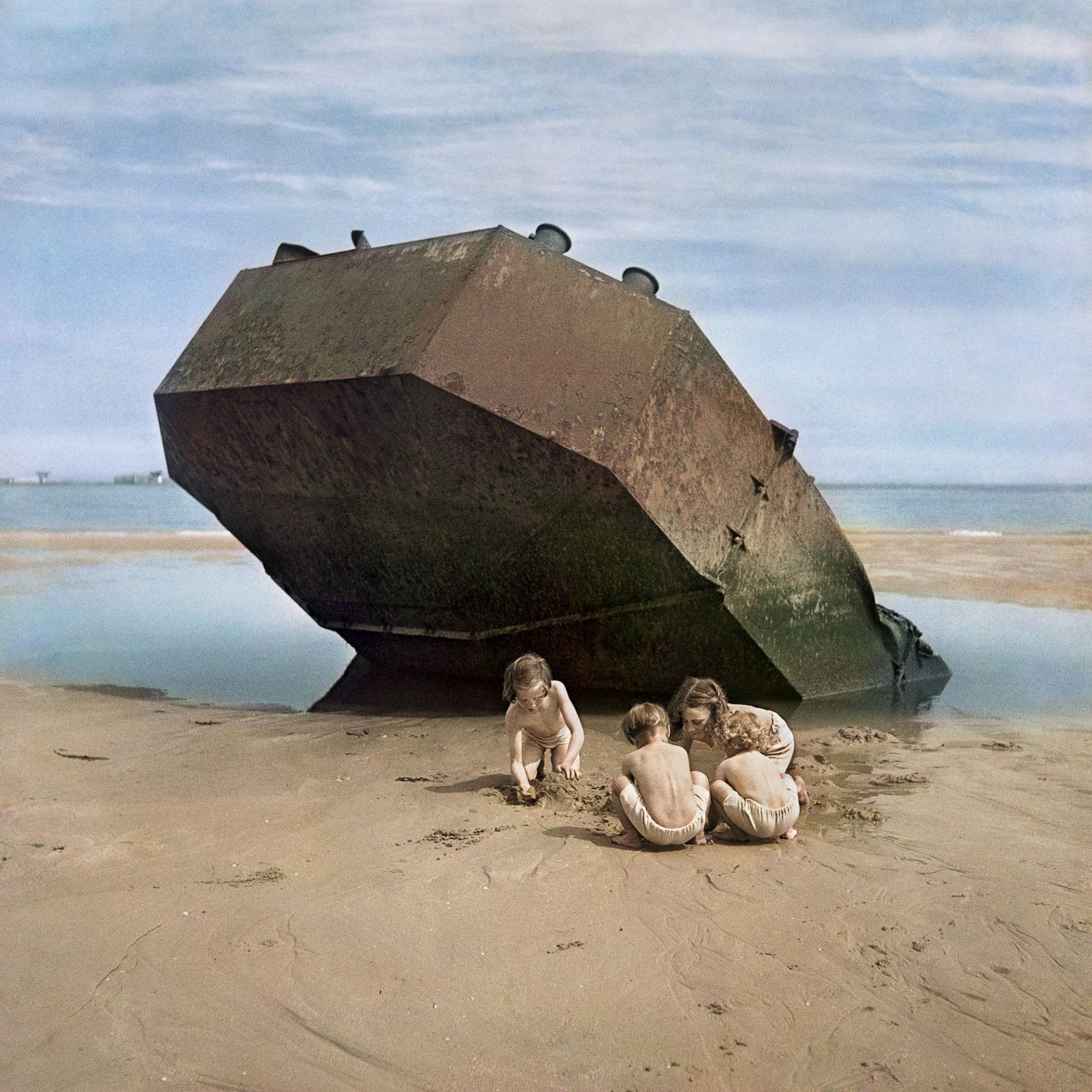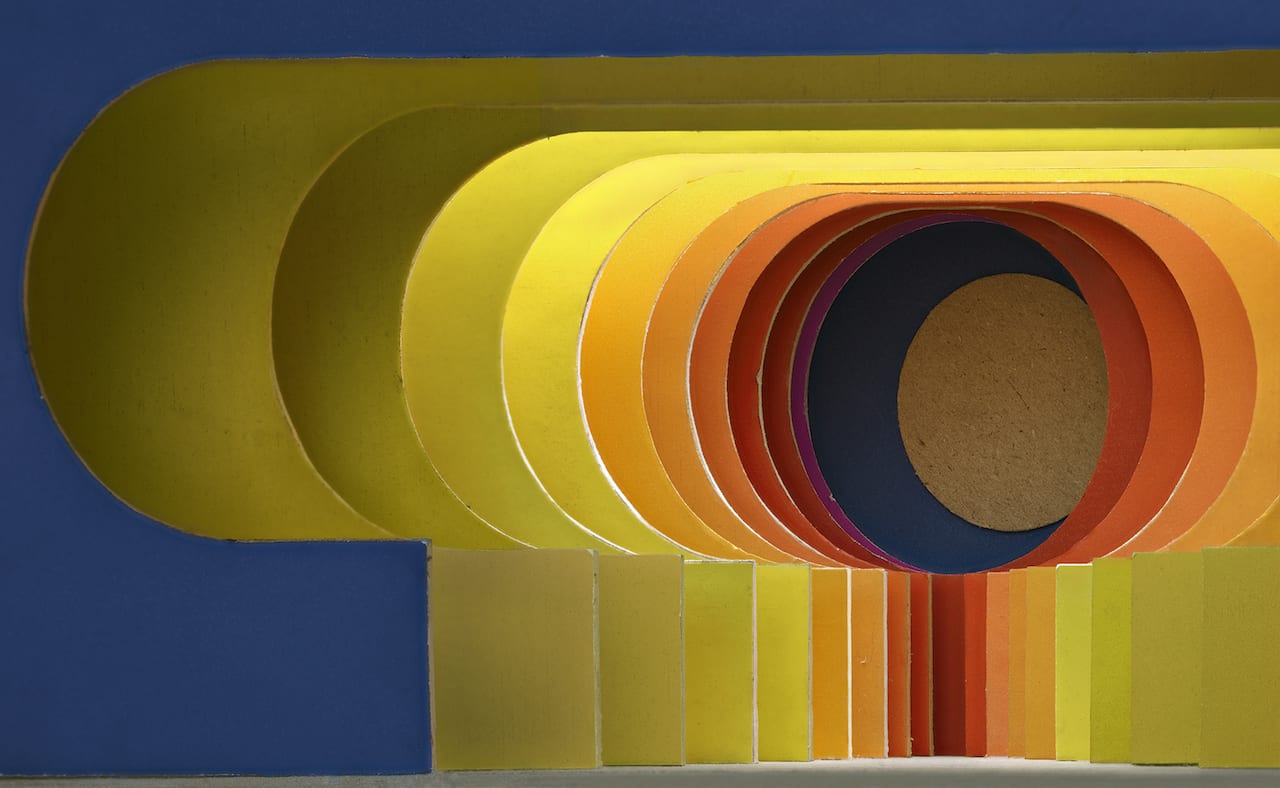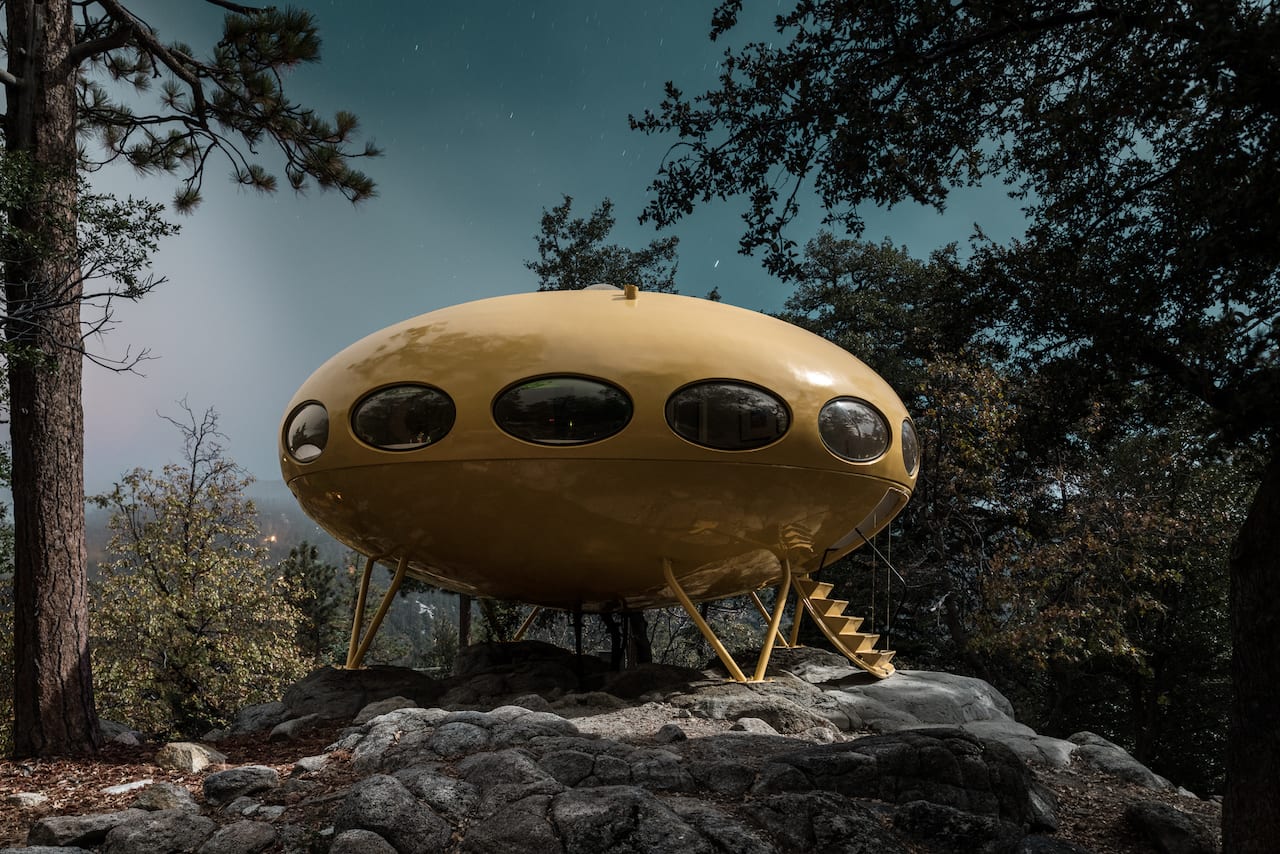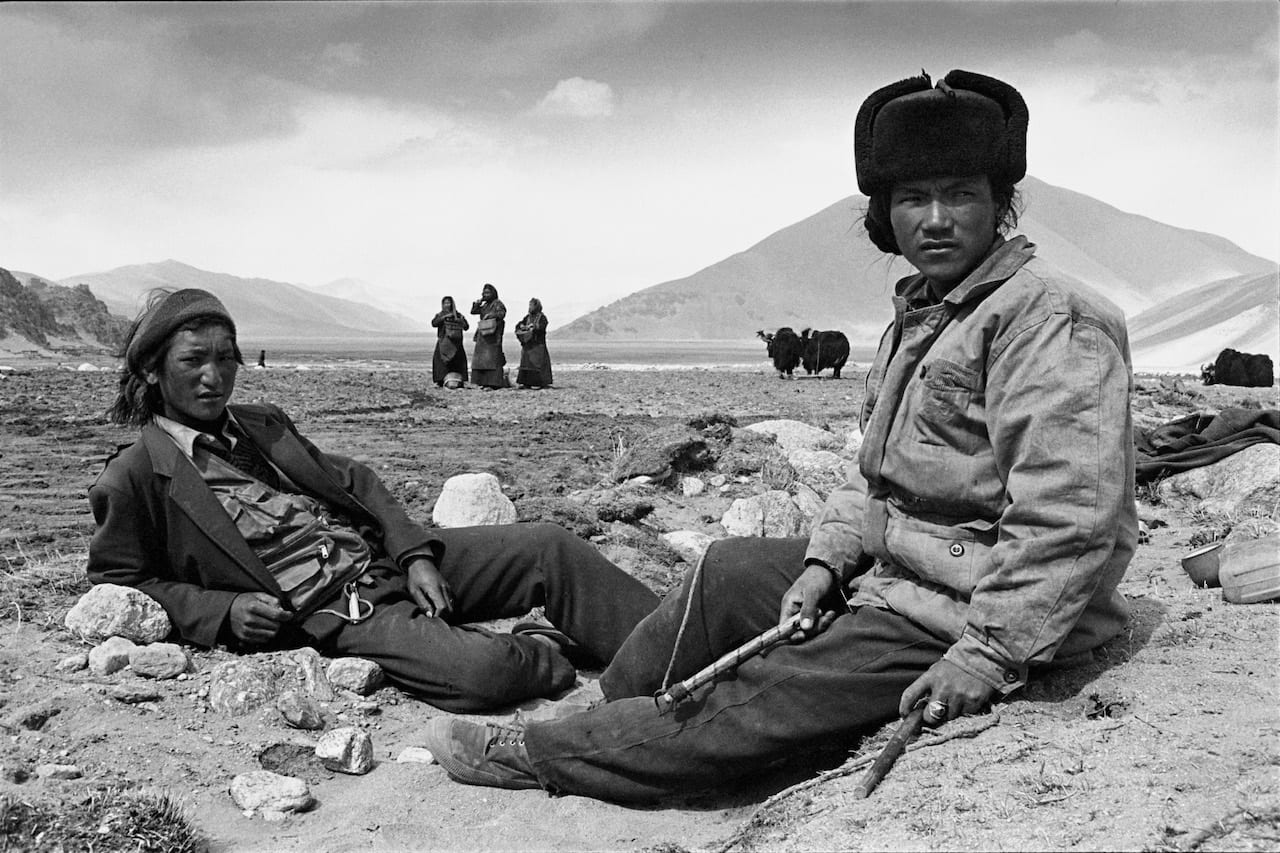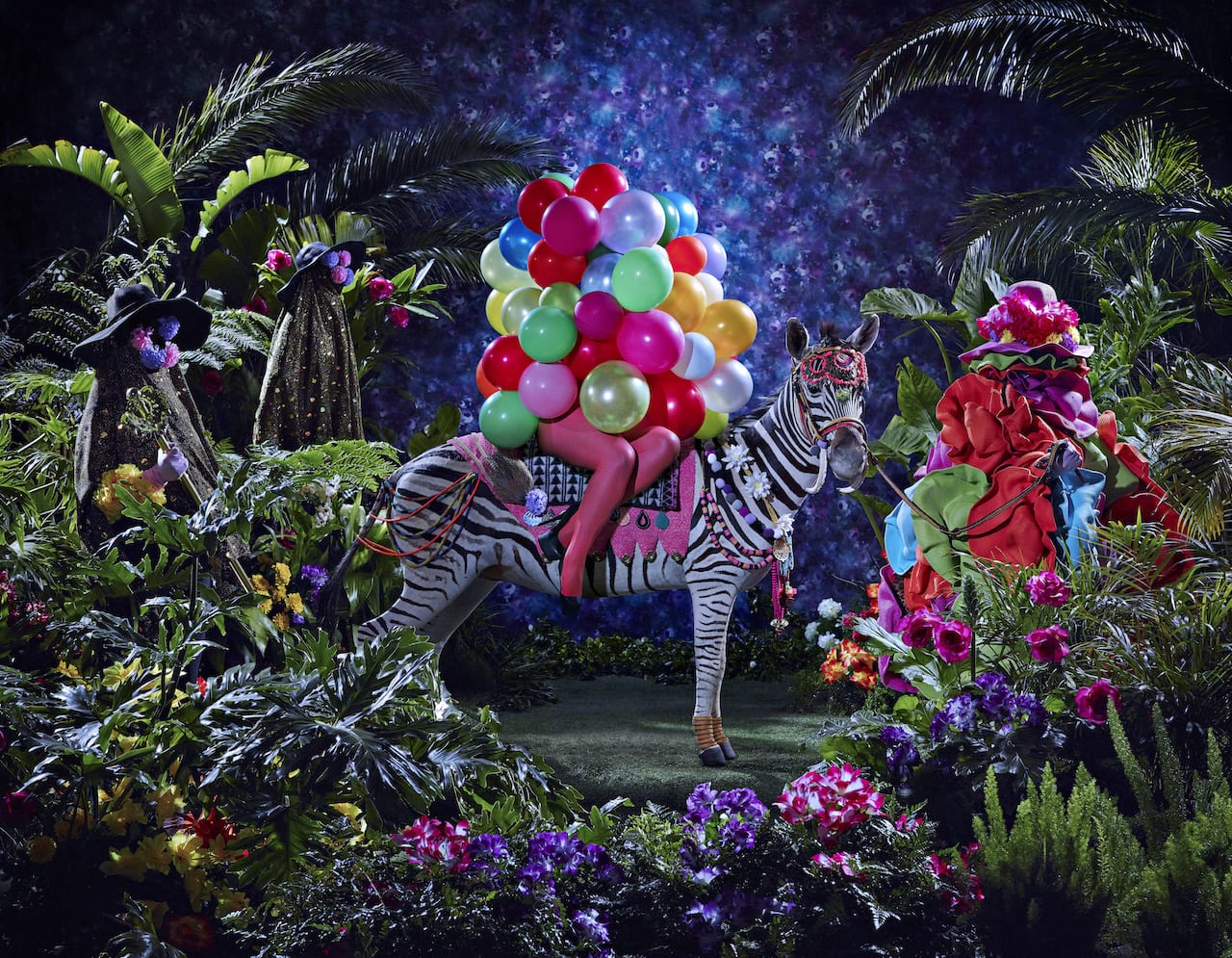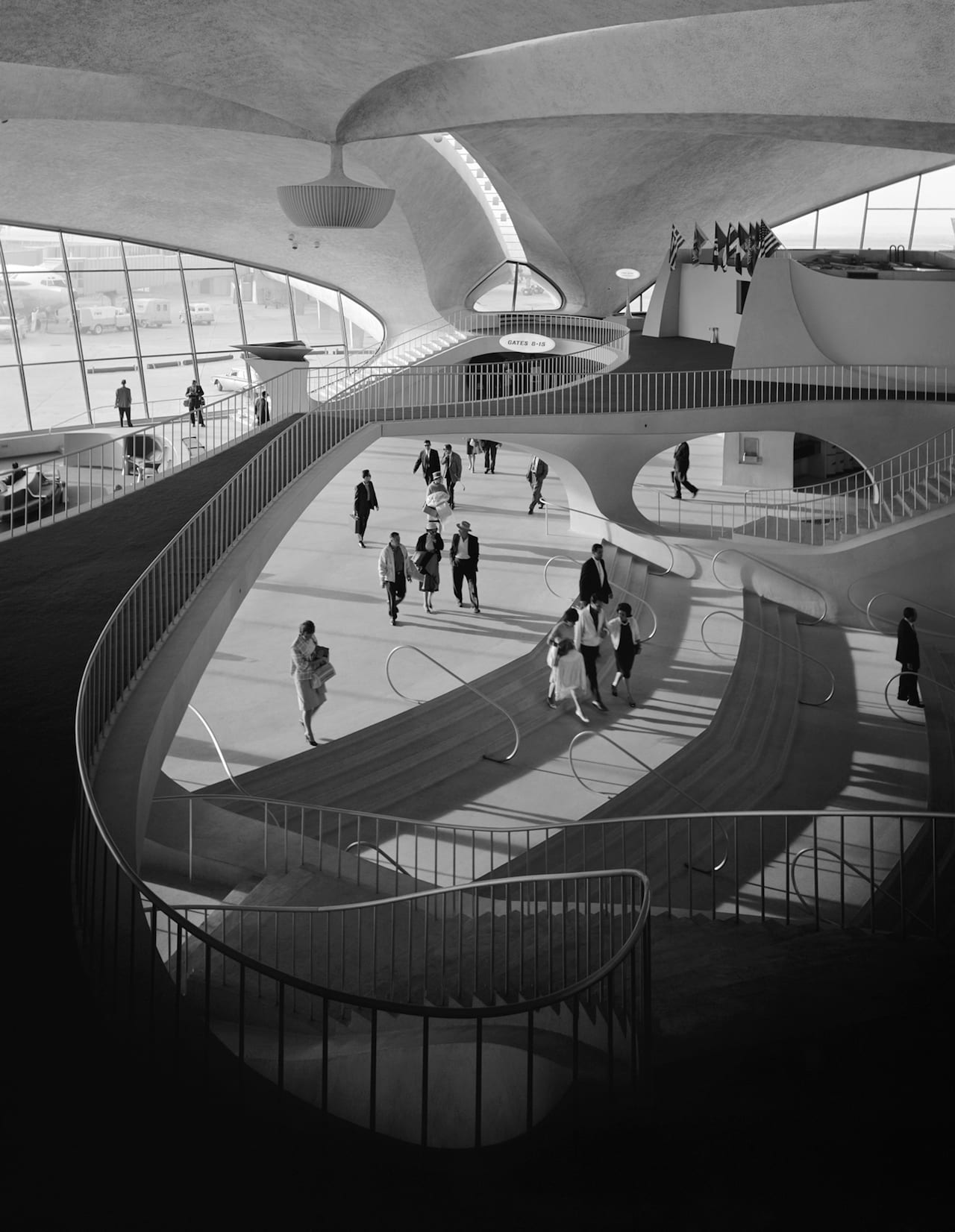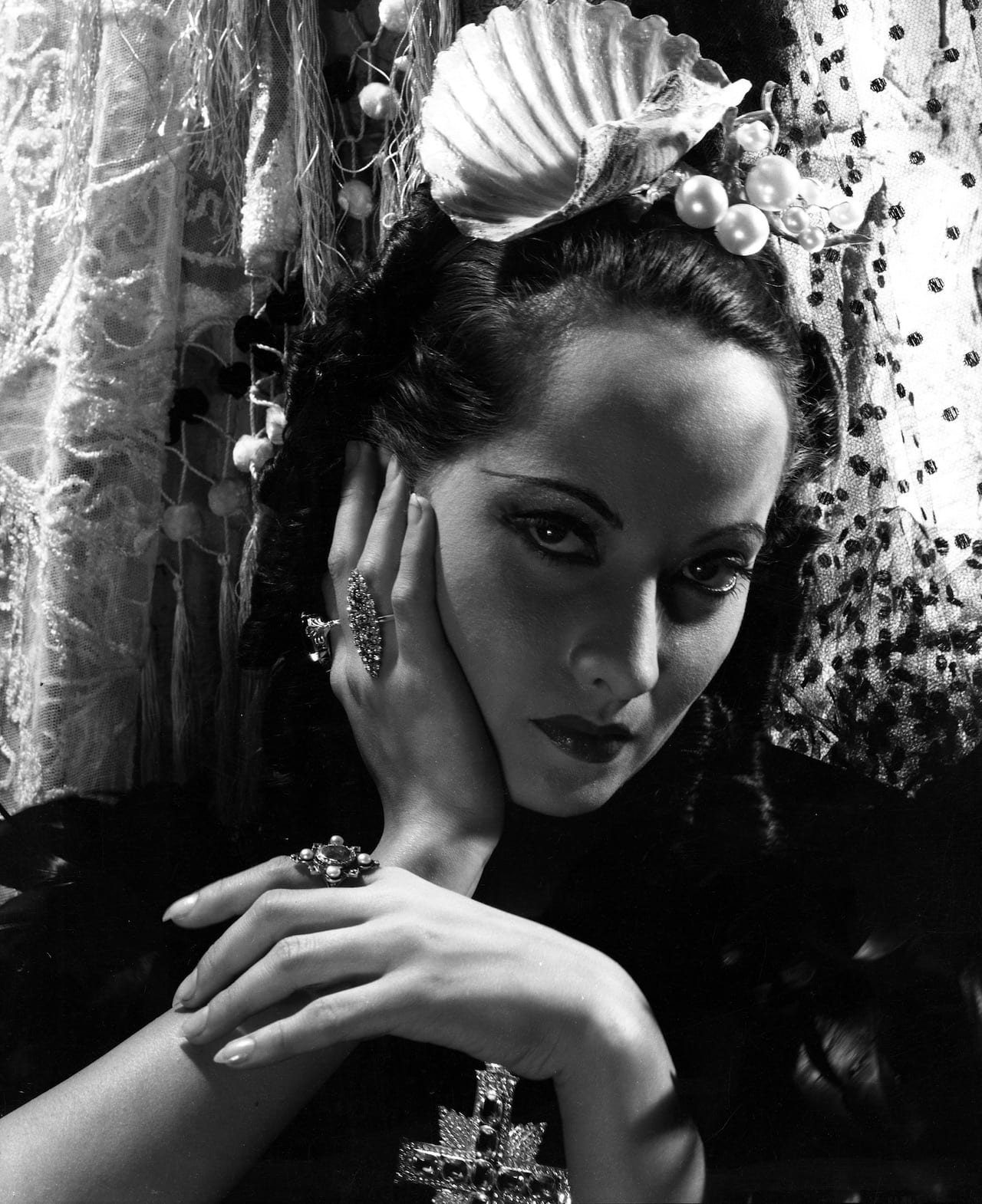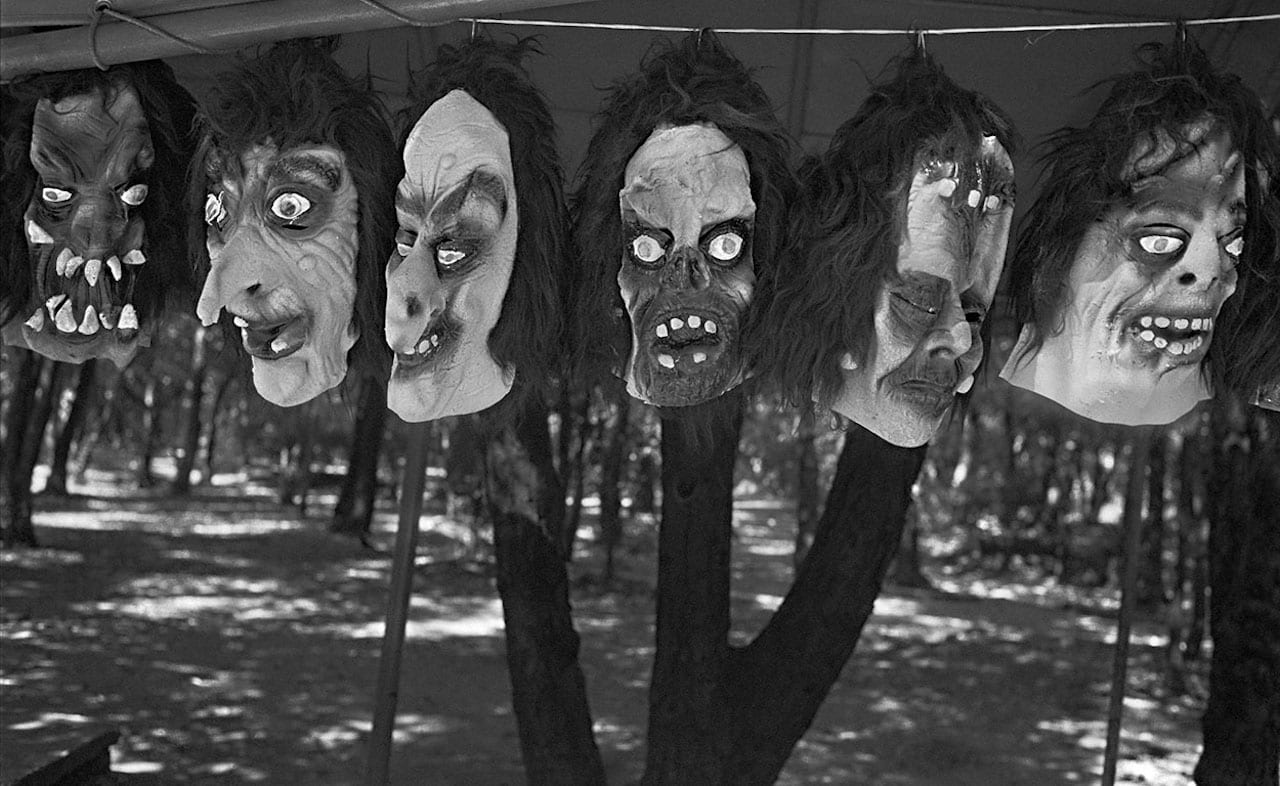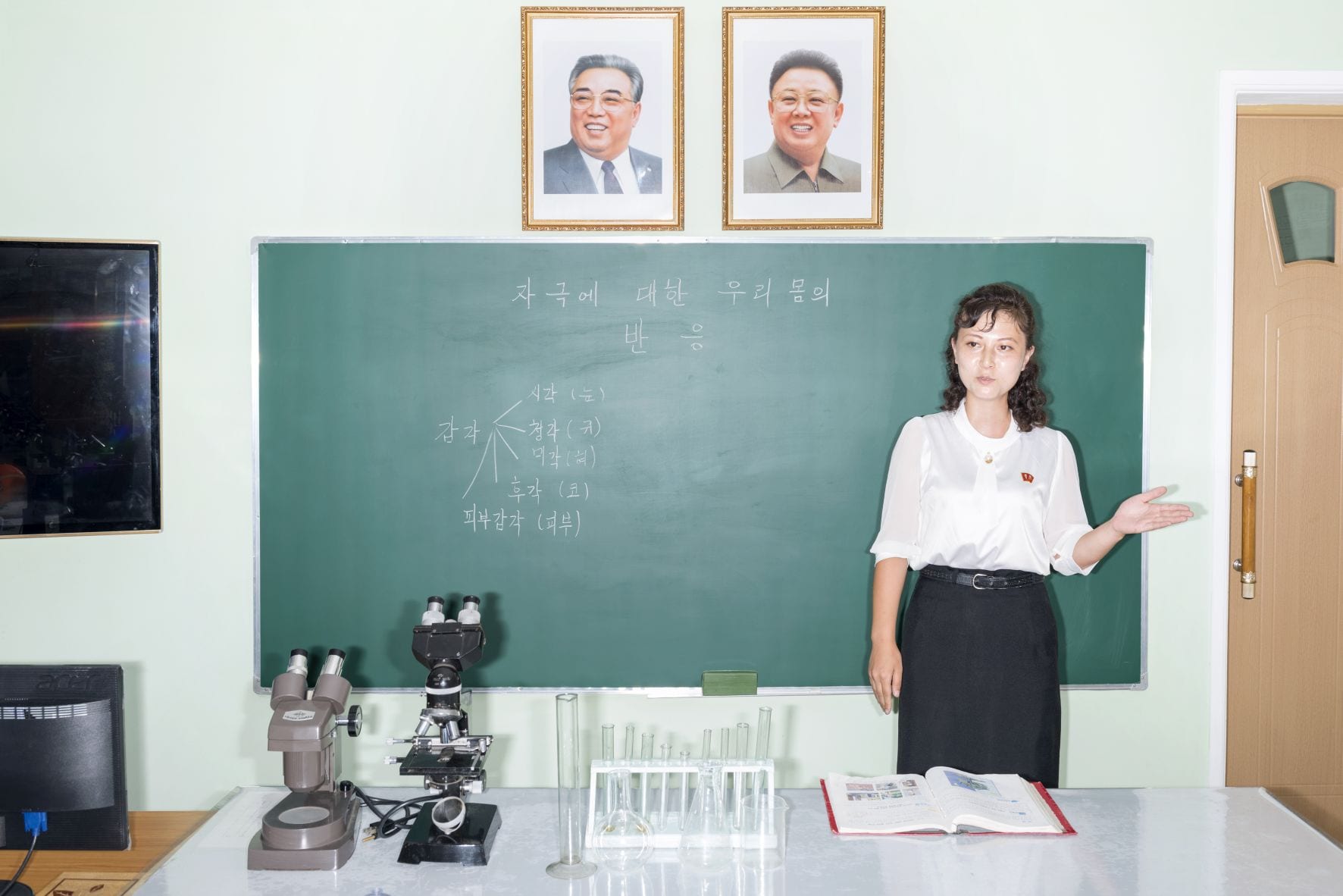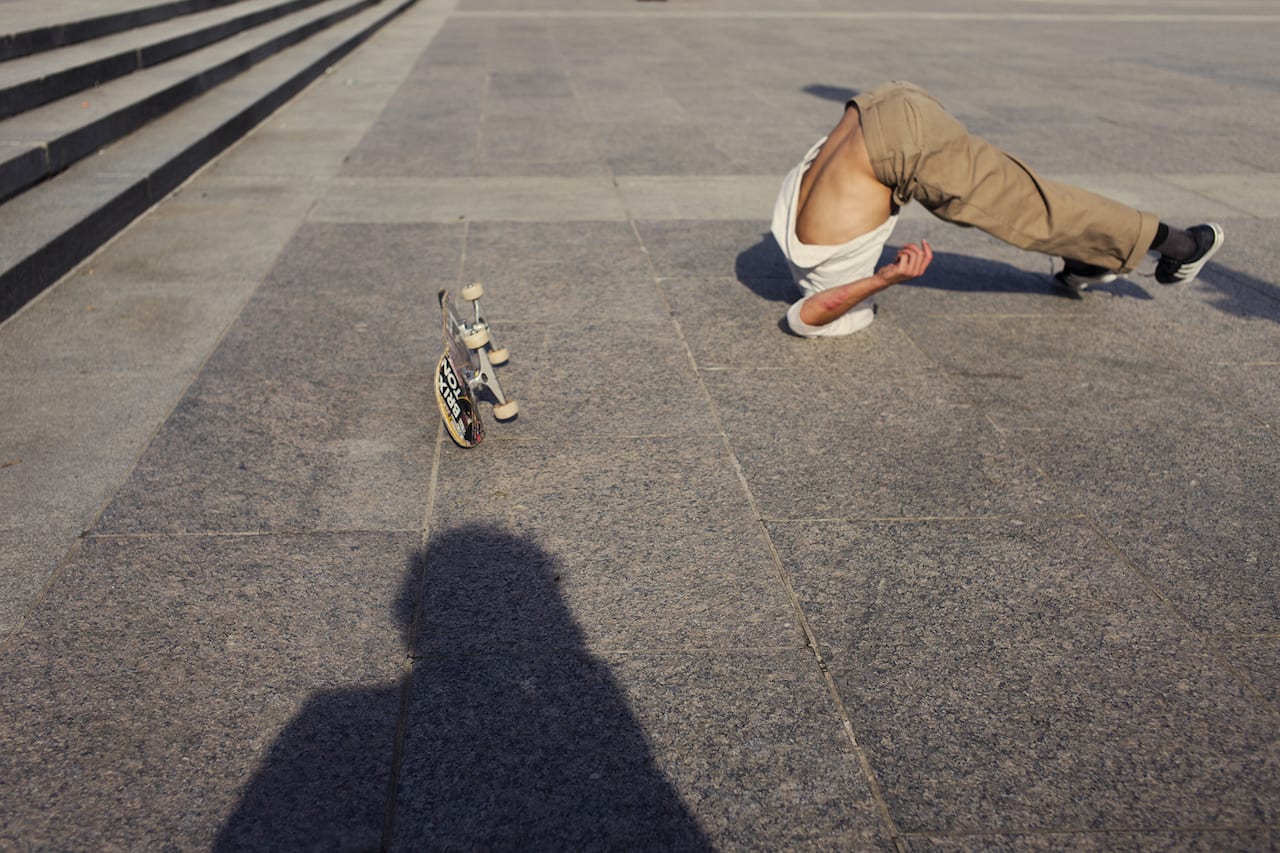Though he co-founded Magnum Photos with Robert Capa, Henri Cartier-Bresson, and George Rodger and though – like them – he was one of the great documentary photographers of the 20th century, David ‘Chim’ Seymour is less famous than his colleagues. But this winter, a large retrospective in Amsterdam looks set to change all that.
Chim [pronounced “Shim’] acquired his nickname from his surname, because he was born Dawid Szymin in Warsaw, Poland, in 1911. His family was Jewish, and his parents were respected publishers of Yiddish and Hebrew Books; Chim and his parents left Warsaw for Odessa as World War One broke out in 1914, returning to Warsaw in 1919. Chim studied printing in Leipzig, then chemistry and physics at the Sorbonne in Paris, but got into photography while in France and started working as a freelance journalist in 1933. His first credited photograph was published in 1934 in the French communist magazine Regards.

